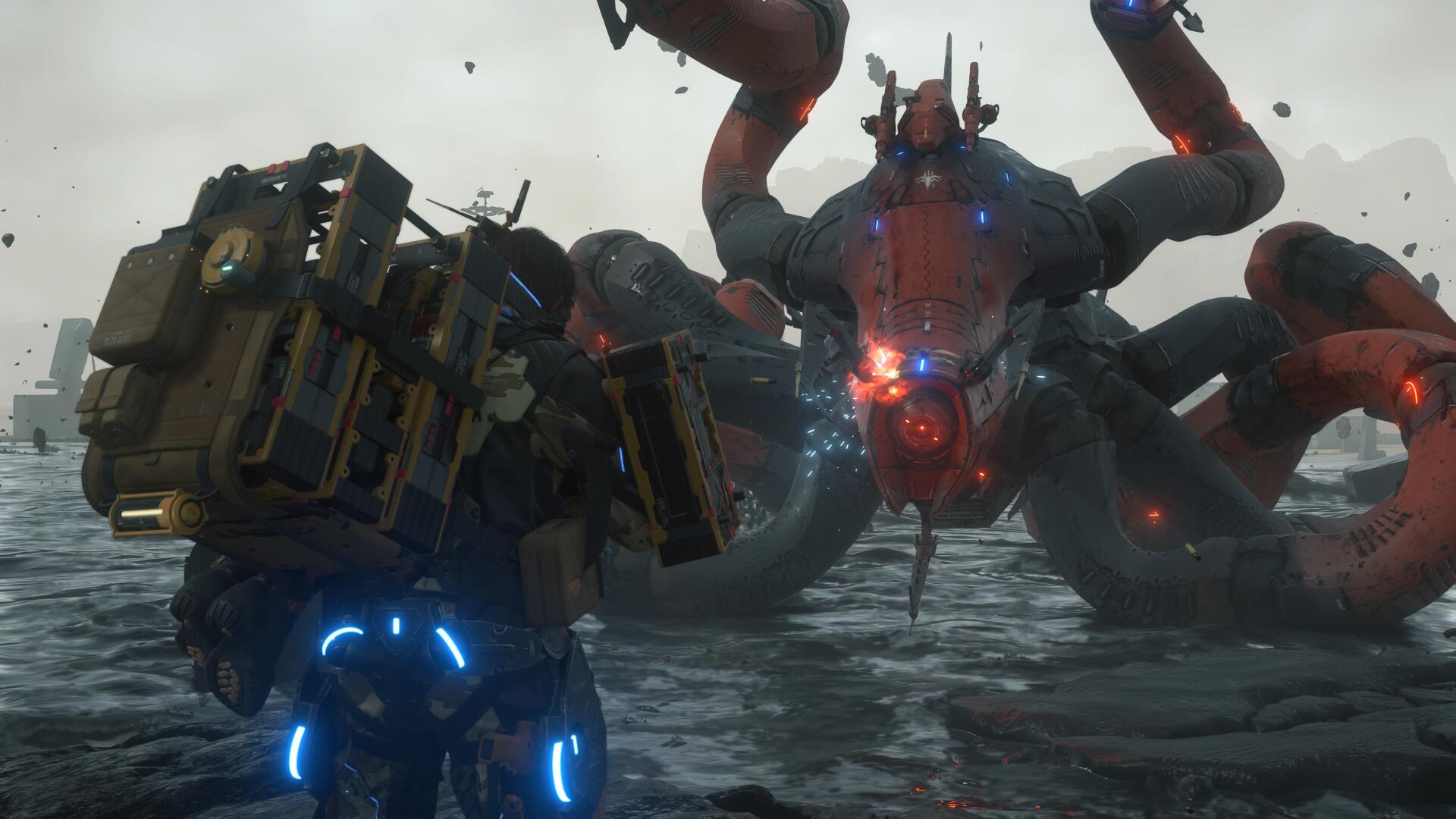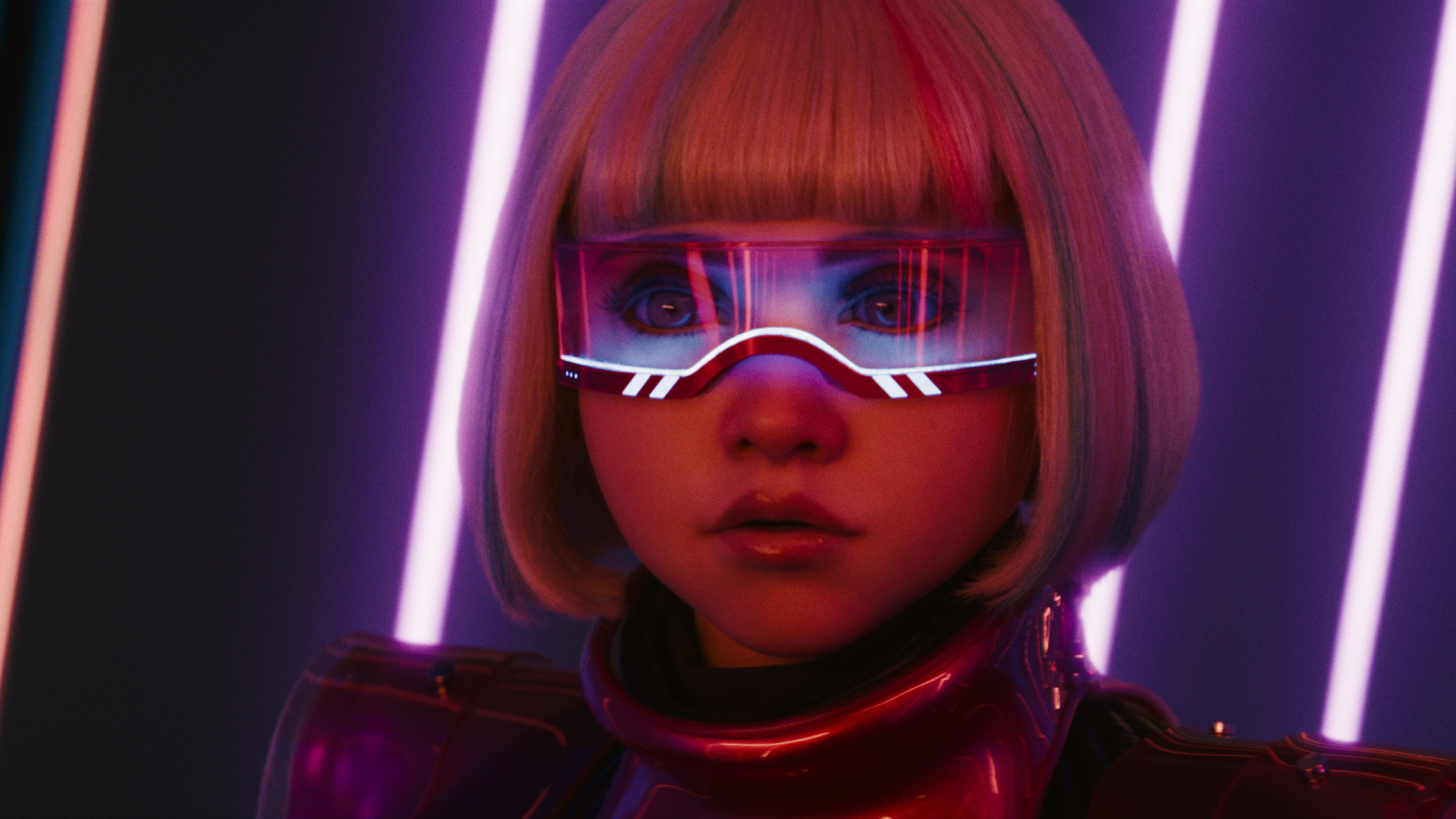“Atmosphere is more important than aesthetics”: Bionic Bay is a biomech platformer that’ll grip you from the get-go
Big in 2025 | Bionic Bay creator Juhana Myllys talks about their puzzle platforming philosophy and why atmosphere is vital to game design
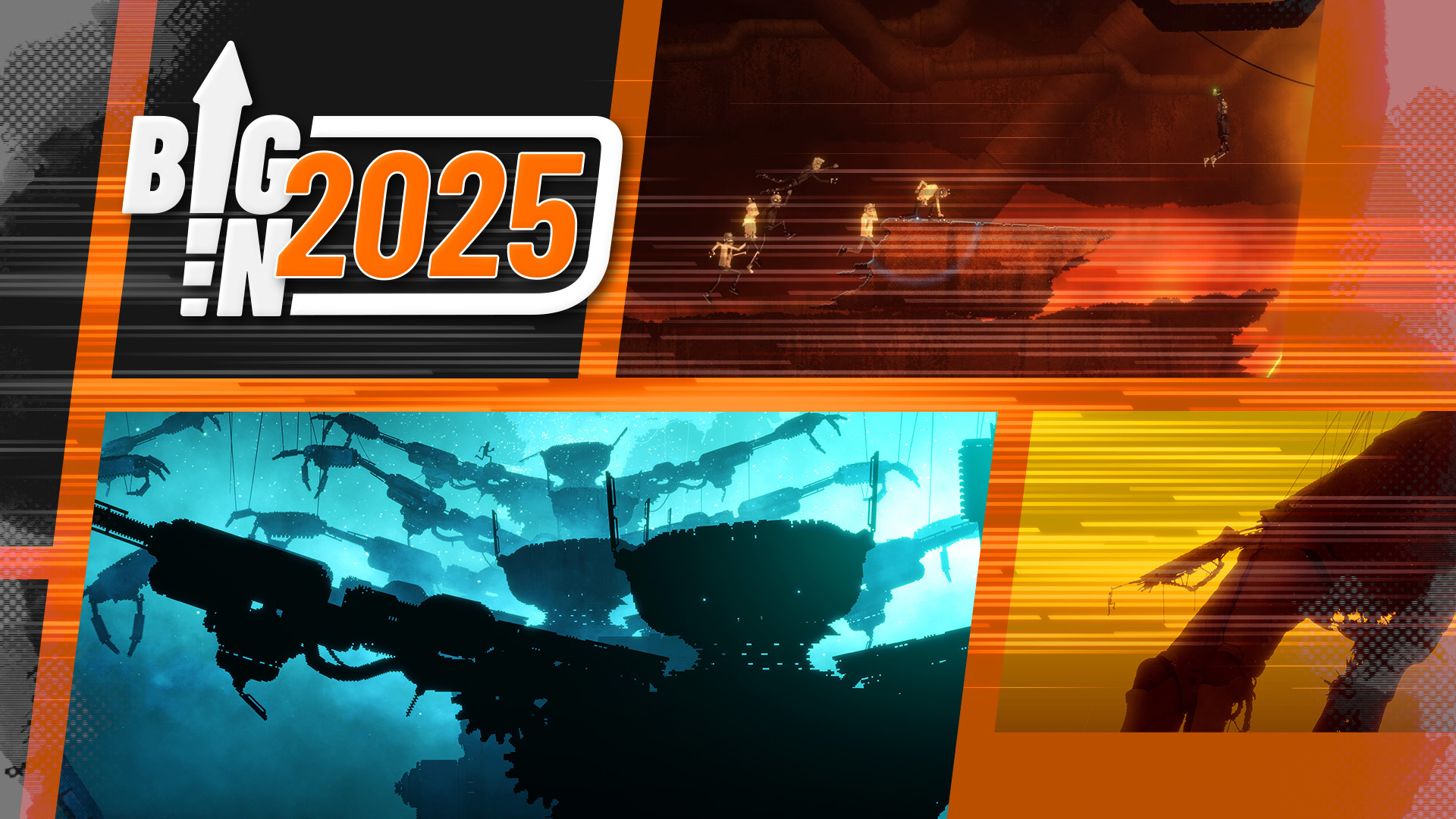
It’s incredibly difficult to design a wholly unique sci-fi world. With hundreds of different interpretations spanning years and YEARS in media, it’s rare to make a sci-fi world that doesn't prompt someone to comment: ‘It looks like [insert blockbuster sci-fi movie/game here]’. However, I think Bionic Bay overcomes this feat, managing to set its sci-fi story worlds away from what we've seen before.
First and foremost, Bionic Bay is a striking game to look at. Huge metal machines fused with mass organic structures. Damp tendrils worm their way between mechanisms, it's almost impossible to distinguish roots from wires and cables. This facility is also set entirely underground. Light littered with dust and spores filters down from the surface giving everything an unnatural hazy glow. This subterranean, biomechanical world has been carefully considered, and the result is a deliciously eerie atmosphere.
Drowning depths
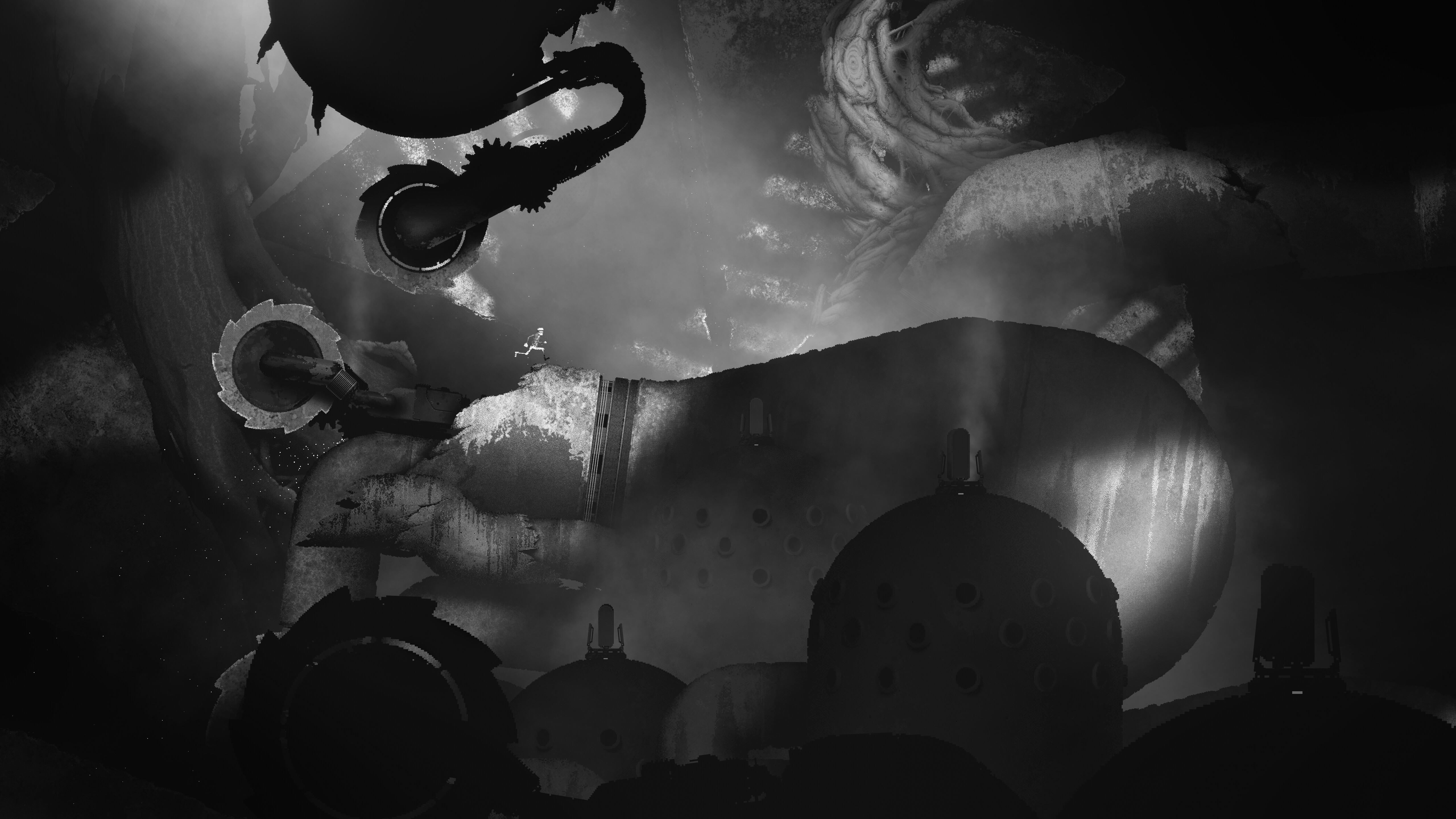
Developer: Psychoflow Studio, Mureena Oy
Publisher: Kepler Interactive
Platform(s): PC (Steam), PS5
Release date: March 13, 2025
Creating this particular atmosphere was vital as the team worked on the game. “I’ve always believed that atmosphere is more important than aesthetics in game development,” Bionic Bay creator Juhana Myllys says. “That said, the two don’t have to exclude each other. Our goal is to create the best game possible by excelling in both areas.
“However, the real challenge lies in balancing aesthetics and gameplay clarity. A "gameplay-first" mentality is essential, but taken to an extreme, it can result in a game that looks unappealing, or worse, boring. For me, the key to artistic direction is finding the sweet spot between these elements.”
This design philosophy is how Myllys approaches Biomic Bay’s level design. “The standard advice is to always start with a block out using simple assets to establish functionality. But every now and then, I flip the process: I create a spot that’s purely visually interesting and then explore the gameplay ideas it inspires. While this approach can be more challenging, it often leads to end results I wouldn’t have made otherwise.”
This development structure, starting with the visuals first, is apparent from the game's opening levels, together with an intriguing setup. After an explosion at a testing facility, a surviving scientist must make his way through the dilapidated remains of what’s left. What he finds is a series of strange biomes with mysterious technology. Playing as the scientist, the crux of the gameplay involves you using different abilities available to you with the tech you find. You need to use these different powers to navigate this world’s dangerous machinery and avoid getting violently killed. Dissected, crushed, vaporized, obliterated - the works.
Swapparoo
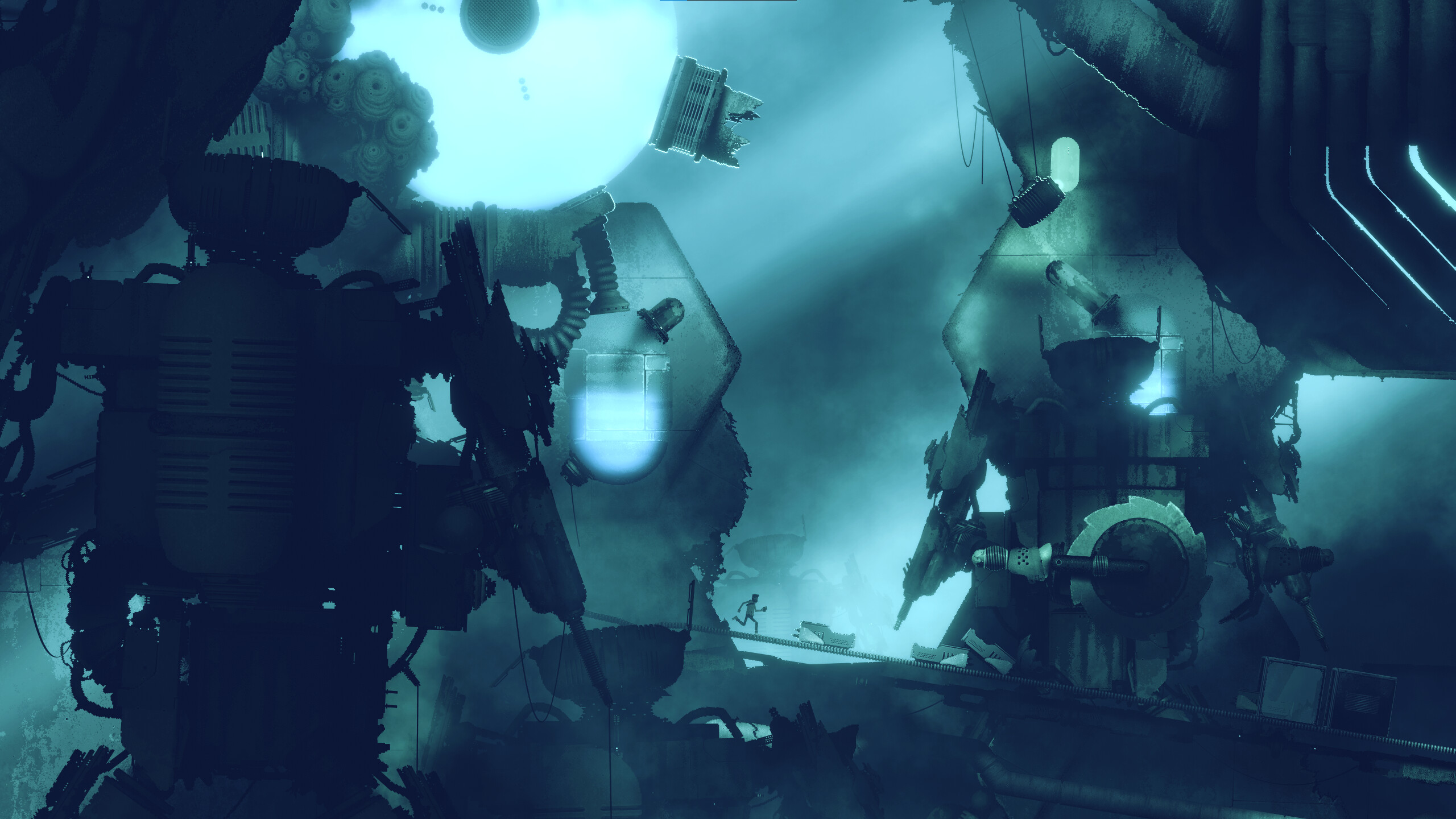
Buster Keaton, The Matrix, and Brutalism have all played a role in shaping the vision.
With death around every corner, Bionic Bay is a puzzle platformer that’s more action-orientated than brain-busting. As careful as you make your movements, the game’s realistic physics system means that your little scientists will get comically rag-dolled through environments, flung into the air due to an explosion, or making his nose touch his toes as you accidentily get caught him caught in a turning gear. Realistic physics systems often mean a lack of control, but your mini-scientist has moves that make precise platforming easier. Leaping, rolling, and sprinting through lasers, buzz saws, and crushers feel fluid and super satisfying, and together with the different powers at your disposal - it makes for some excellent platforming.
Weekly digests, tales from the communities you love, and more
In the demo I played, I used a gizmo to let me swap positions with any object I interacted with, making for some interesting puzzles where I can to consider the order I swapped objects in and the timing of when I used the power. “The Swap mechanic is a core game mechanic that really demands a hand-crafted approach,” Myllys says. “I mean, it’s a versatile mechanic but not necessarily a universal one like a gun, where you can just throw enemies at the player.”
“The biggest challenge is helping players understand the versatility and possibilities this mechanic allows. It’s not a mechanic that players have already experienced in some way. So, it has really forced us to focus on teaching the player the basics first and then gradually introducing more complex, but still fun, challenges for them.”
And wow does it get more bonkers. The swapping ability is just the beginning of a series of abilities and obstacles. In one biome you can control the gravity of the world, shifting it in a way to avoid death. Another has laser beams that make you launch upwards like a trampoline. There's even one level that has you slowing down time.
Gameplay-wise, it’s like Portal and Happy Wheels had a baby, but visually, Bionic Bay is its own island. “If I had to name influences, games like Portal, N+, Another World, Mirror’s Edge, and Oddworld have had the biggest impact. But it’s not just games. Things like Buster Keaton, The Matrix, and Brutalism have all played a role in shaping the vision in some way.”
Admittedly, Bionic Bay wasn’t on my radar for 2025, but after playing the game’s free Steam demo, I am desperate to play more. There’s a part in the game’s trailer where you climb a giant robotic hand, which looks so incredibly cool. I sense there's something more cosmic a the core of the game, I just need to hop, leap, and jump my way through killer machinery to get to it.
Here's the rest of the most anticipated games for 2025 we can't stop thinking about
Rachel Watts is the former reviews editor for Rock Paper Shotgun, and in another life was a staff writer for Future publications like PC Gamer and Play magazine. She is now working as a freelance journalist, contributing features and reviews to GamesRadar+.
